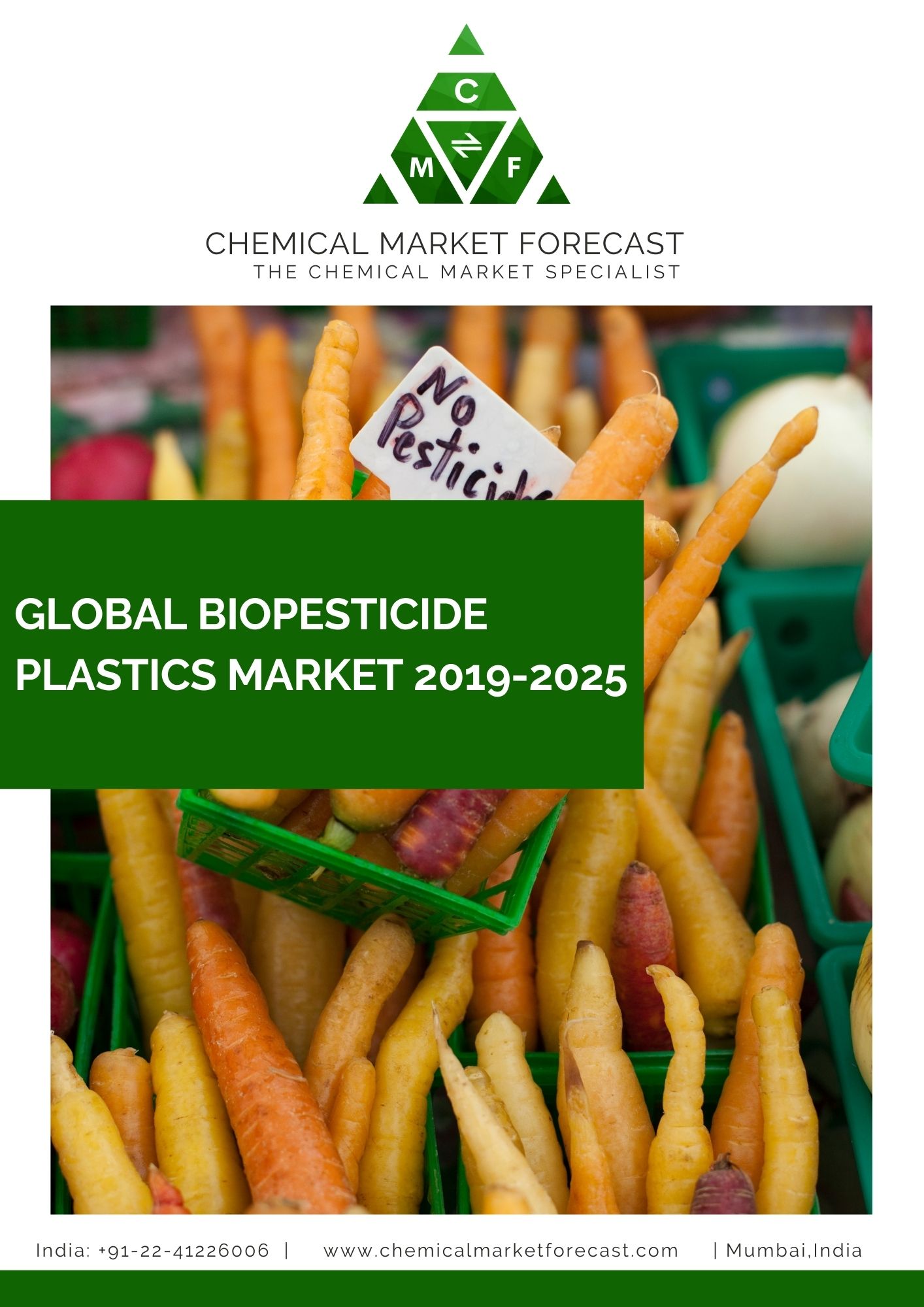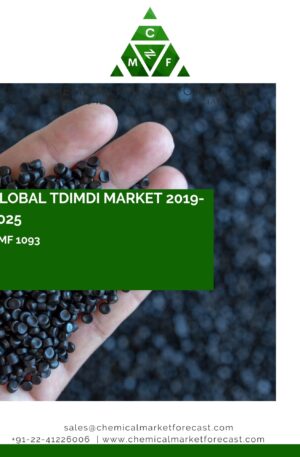Global Biopesticide Market
Biopesticides are essentially pesticides derived from organic sources. The exact definition of this product varies with the raw materials used for its fabrication. Some examples of the same include canola oil, baking soda, etc. Unlike conventional pesticides, biopesticides have low toxicity and improved selectivity. This causes relatively less damage. Therefore, preserving species that can aid growth in terms of plants. Moreover, in the case of conventional pesticide storage is one of the key issues encountered by the end-user. Strict norms and regulations based on storage, utility, and labeling have been imposed by government bodies that propel the growth of the biopesticides market.
These pesticides are essentially composed of microorganisms, bacteria, fungi, nematodes, and minerals. The term is historically linked to biocontrol. According to the EPA (the United States Environment Protection Agency) as of 2016, there were 299 registered biopesticide active ingredients and 1401 active biopesticide product registrations. Biopesticides can be segmented by type as Biochemical, Microbial, and Plant-Incorporated-Protectants (PIPs).
This report focuses on providing a value chain analysis based on the growing applications of the biopesticides market. The changing market dynamics and consumer behavior has been studied within this report. The rising disposable income and the expansion of the food and beverage segment have also been studied to understand the market trends. The report aims at providing an in-depth forecast analysis based on the changing economy and ecological conditions. The high growth markets and a comprehensive scaling of the products have been provided on a global scale. The market has been segmented based on product type, origin, formulation, crop type, application, and region.
The global population is expected to reach a value of 9 Billion by the year 2050. Therefore, the demand associated with crops is also expected to increase. Owing to the growing health and environmental awareness, the use of chemically developed farming methods are hereafter anticipated to decrease. Moreover, countries like the U.S and Canada are some of the largest exporters of organically farmed crops. North America is the largest market globally for biopesticides. The EU has developed methods like Integrated farming systems to increase organic crop cultivation on small scales of land.
Within countries like Africa, the pesticide use accounts for only 2% of the market. It is used only for high-value cash crops destined for export. An increase in the horticulture industry within countries like Ghana and Kenya is expected to increase the growth within this market. On a global scale, there are roughly 2348 suppliers within the global market. Biopesticides are being increasingly used globally owing to the export regulations imposed on countries. The standardization of strict Minimum Residue Levels (MRL) for the use of synthetic pesticides is expected to accelerate the growth of the market. Biopesticides account for only 1-2% of the global pesticide sector.
Therefore, on performing a value chain analysis it is seen that the biopesticides segment is increasingly used in the food and beverage segment. The expanding number of start-ups and the growing population density propels the growth of this market. APAC is expected to be the fastest-growing market globally owing to the increasing number of inhabitants within this region. Countries like India, China, and Indonesia have been boosting the market growth. In terms of the cereals and grains segment, China is the third-largest producer of rice on a global scale. Moreover, the increasing disposable income amongst the middle-class population has led to a rise in the consumption of high-value crops.
Biochemical pesticides interfere with insect pheromones and hereafter attract them. They do not make use of a direct kill mechanism. Microbial pesticides on the contrary make use of active ingredients that can be used to control different kinds of pests. These pesticides are highly selective and cause harm only to target pests. PIPs on the contrary are derived from genetic materials that can be integrated into the plant’s system. Researchers take strands from the Bt pesticidal protein and incorporate it into the plant’s genetic material.
The agrochemicals used to make conventional pesticides are a derivative of the specialty chemicals segment. The raw materials are hence obtained at very high costs and low quantities. In the case of biopesticides, the raw materials used are domestically available. Therefore, the cost associated with them is not high. Additionally, growing environmental awareness and aggradation in terms of environmental safety regulations augments the growth of this market positively.
Agricultural practices like IPM (Integrated Pest Management) have increased applications for organic farming methods as compared to synthetic Plant Protection Products (PPPs). IPM works on the principle of economic pest management, i.e. it makes use of solutions that optimize cost associated with pest control. Its objective is to suppress the pest population below the Economic Injury Level (EIL). Organic farming methods have also started making use of antifeedants. These materials are essentially secreted by plants in order to preserve themselves from increased pest infestation. Methods like RNA interference are also being used in the agricultural segment to induce weed control.
On becoming a part of soil or water bodies, conventional pesticides cause harm to living being within them. Since biopesticides are derived from organic sources they can be decomposed easily. The biological suitability associated with this product promotes a crop-based circular economy.
SCOPE:
The report,” Global Biopesticide Market 2019-2025”, focuses on providing a holistic view of the market based on the changing trends, dynamics, and the competitive mapping within this sector. The report models the value chain associated with the biopesticides market.
This report is aimed at:
- Providing a comprehensive analysis of the impacts of the DRC’s on the changing market trends.
- An in-depth competitive mapping across a geographic landscape is performed to provide the growth associated within a segment.
- The high growth segments are identified.
- PESTLE and SWOT Analysis are used to understand the strategic mapping across this sector.
- The opportunities associated with these markets are studied and stated.
- Scenario analysis has been provided according to the upcoming technologies and the changing market scenario.
- The impact of COVID-19 on the market has been provided within this report.
Reasons to buy this report
- The report provides the impacts of the changing market dynamics on the upcoming market trends.
- Key players of this market can use this report to understand the profiling for their competitors.
- Industry Specialists can use this report to understand the high growth markets for expansion prospects.
- Upcoming players in this market can use this report to study the technologies employed.
- Sales Teams could use this report to understand the change in consumer behavior.
Who is this report for:
Financial Institutions: Can use this report to study the high growth markets and the upcoming technologies within this sector to strategies investments.
Technology Innovators: Can use this report to understand the upcoming technologies and their areas of optimization.
Top Management Staff: Can use this report to study and understand the changing market trends with respect to global dynamics.
Educational Institutions: Can use this report to study the expanding areas of research and the supply chain analysis associated with this market.





